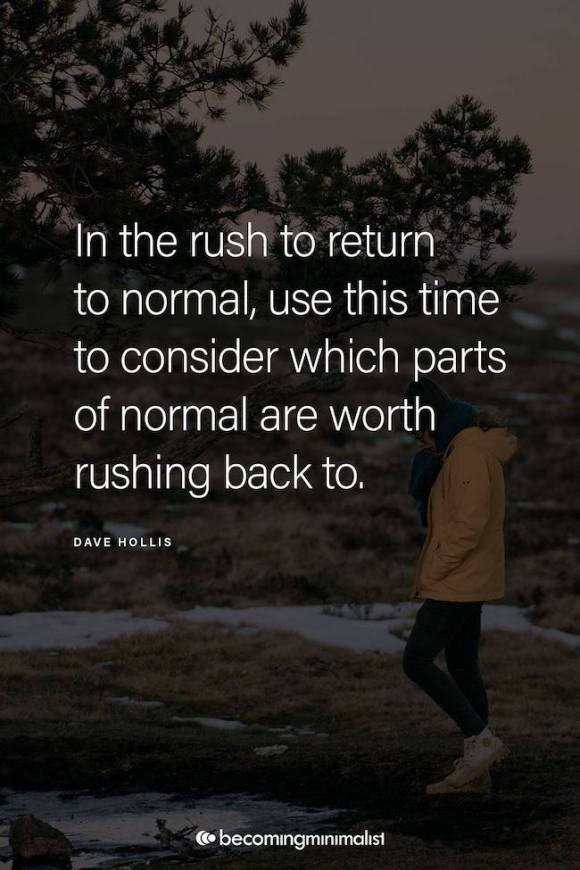Plausible Pandemic Ponderings
0 comment
I can remember precisely the two times in my life when I have turned to my doctor and asked, “If I were your wife or you mother or your daughter, what would you tell me to do?” Given this ongoing worldwide health crisis, we could all use some special insight.

Fortunately, The New York Times did this for all of us, asking 511 epidemiologists and infectious disease specialists what they would do regarding the coronavirus and real life situations based on what they know and expect of the virus, and the development of a vaccine. As we are all struggling to figure out not only what we will or won’t do in our personal lives, we are similarly grappling with how to move our organizations into the next phase of living with a pandemic.
In saying when they would be willing to do these pre-pandemic “normal” life events, they were given four response options: this summer; three to 12 months from now; more than a year; and never again. Of the 304 who responded to when they would be willing to send kinds to camp, school or day care, 55% said it would be at least a year. (Only 30% said this summer).
A tad more than two-thirds (64% of 489) respondents said it would be over a year before they would attend the theatre or a concert or sporting event. Bear in mind, this is not the CDC, nor any official public health office, speaking. This is just professionals letting us know what they are telling their themselves, spouses, children, relatives, etc. Try asking your own doctor.
For too many nonprofits, their hopes and fears rise and fall with the stock market as it influences that mandatory 5% payout for foundations. The average American, however, knows little of this mandate, nor have a reason to care since it has no bearing on them.
Three organizations (the Institute for Policy Studies, the Wallace Global Fund and Patriotic Millionaires), all working to get an emergency charity stimulus bill passed, have collected some interesting data to support their cause. Late last month, they surveyed 1005 American adults (18+ years of age) and the results are heartening. Almost three-quarters support the idea of increasing the mandatory payout of foundations to 10% a year for the next three years and requiring the exact same terms of Donor Advised Funds (DAFs), which currently have no mandatory payout expectation. In fact, these survey participants came down hard on DAFs, despite admitting little knowledge of them. More than 90% of those surveyed do not like the fact that DAFs have no mandatory expectation of an annual disbursement, with 79% believing there should be a mandatory annual payout and greater transparency. Both of those things could go a long way to making DAFs not just a win for the owner, but to nonprofits, as well. After all, it was nonprofits who were supposed to ultimately benefit, which could easily be argued has not been happening as it should under the current system.
David La Piana, a leader in helping nonprofits merge, reports on a study (233 nonprofits, almost 98% of which are working in the US) that provides a little context in which to place your organization. Participants were asked about changes in their revenue from the “start” of the pandemic (time frame of March 24-29) to the time of his study (April 22-May 1). Almost one-fifth (18.4%) reported that their income decreased during that period by between 51% and 100%, while 54.9% reported income down anywhere from 50% to 1%.
Almost equal amounts (8.6% and 9.4%), however, reported an increase in revenue during that period from 1% to 50% to 51% to 100%, respectively. There were variations in these figures by mission areas, but the numbers in each category were too small to be worth reporting here. Given revenue numbers, though, it should be no surprise, though nonetheless jarring, that nearly one-quarter of the respondents are considering a merger. (La Piana notes that normally, 1% or fewer nonprofits are considering a merger at any given time).
It is highly likely that a good portion of those now discussing the possibility of a merger were not in the strongest financial position when the pandemic started; others who had not have previously heeded the call to diversify their income strategy, may have felt a more seismic hit by a large reduction in income than organizations with greater income diversity. Some of these organizations currently considering a merger will find a satisfactory partner and follow through, others may end up dissolving rather than merging, and some may just continue to muddle through. But a merger done as a reaction to an unexpected situation, and solely to correct declining financial health, is not the basis for a successful merger.
What do you think the doctor would say?
The opinions expressed in Nonprofit University Blog are those of writer and do not necessarily reflect the opinion of La Salle University or any other institution or individual.
